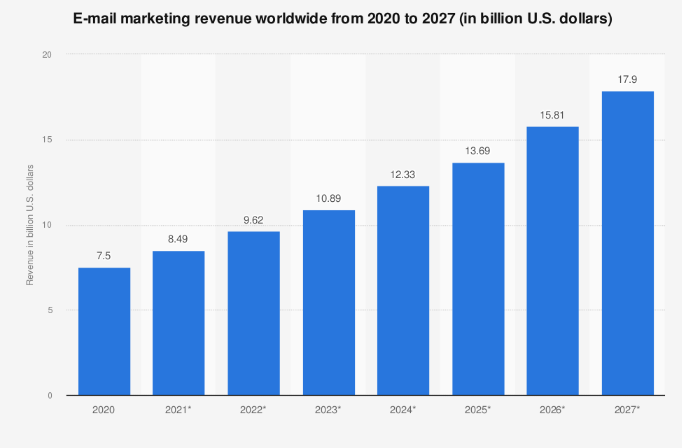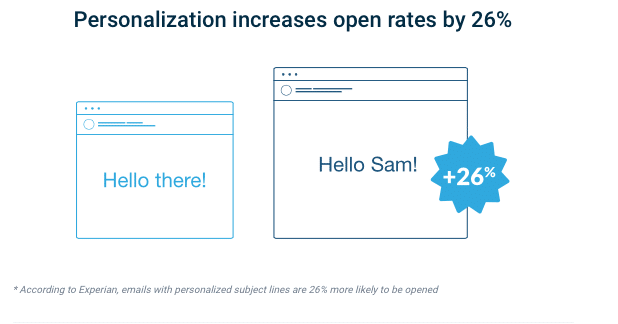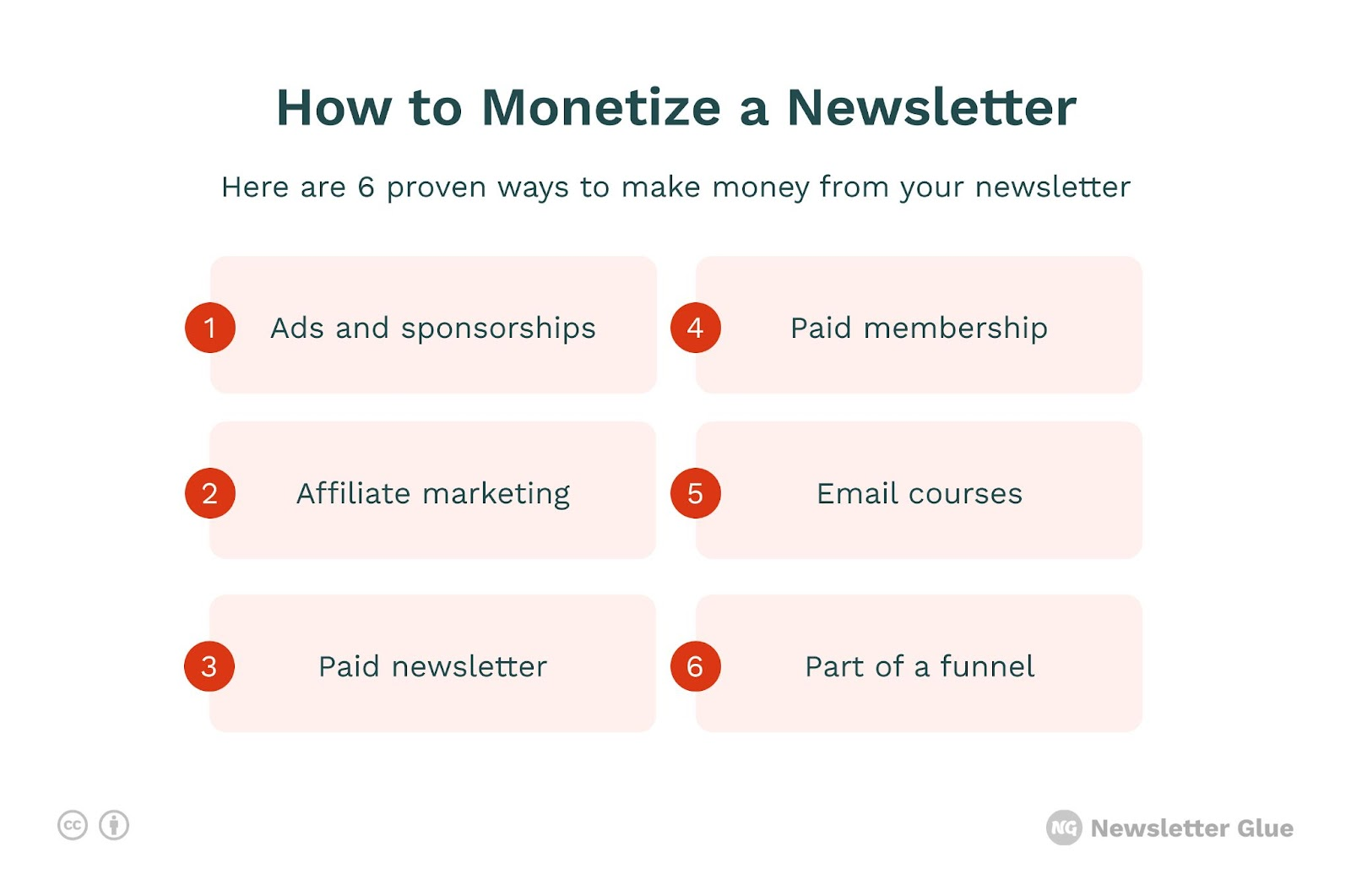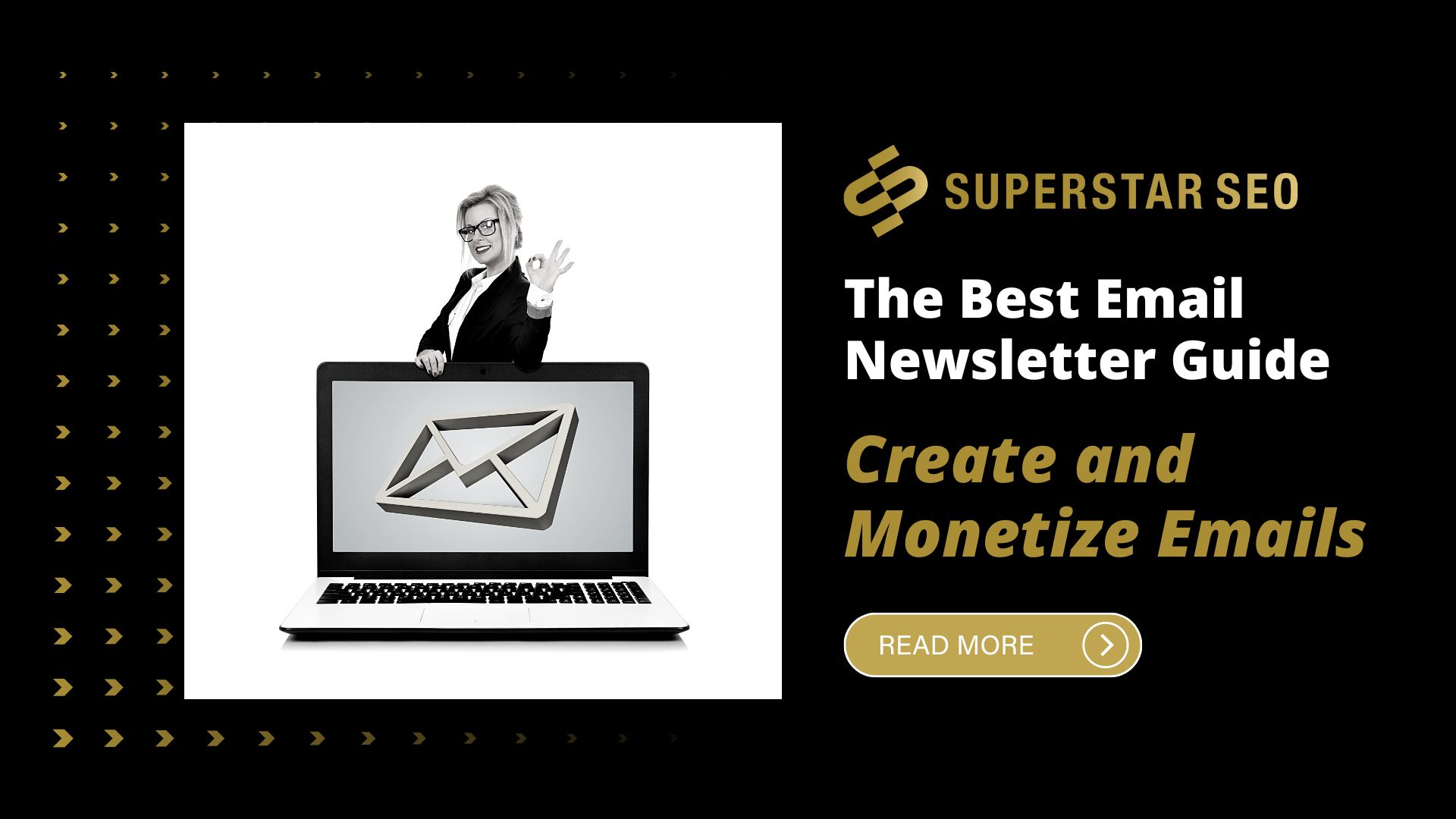The Best Email Newsletter Guide: Create and Monetize Emails
An email newsletter can be an extremely powerful tool in your marketing arsenal, but only if you know what you’re doing. Get it wrong, and you’ll lose out on all that potential revenue or traffic that could have been yours. To help you get it right from the start, we’ve compiled the best email newsletter guide you can ever find.
What are email newsletters, and why are they important
Email newsletters are one of the best and most effective ways to reach out to customers, keep them engaged with your brand, and boost sales and conversions.
You can increase brand awareness, grow your email list, generate sales, and increase customer retention.
This is especially true when they’re used as lead magnets in your funnel.
“81% of B2B marketers say their most used form of content marketing is email newsletters.”
Unfortunately, they’re also one of the hardest things to get right since they can be time-consuming and cumbersome to create.
So, for example, your audience will reward you with higher open and click rates if you don’t send more than five newsletters a week.

Email newsletters are a way for businesses to share their latest news, products, and events with their subscribers or offer discount codes and promotions.
It’s an incredibly simple way to stay in touch with customers.
Which businesses should create and send email newsletters?
The short answer is: almost every business should. There are many different types of email newsletters that work for different business sectors.
If you’re in the business of selling products or services, you’ll want to create and send email newsletters to your customers.
This is because it’s a great way to keep them up-to-date on what’s new and exciting about your business and increase repeat sales for those who are already loyal customers.
You can also use email newsletters as a lead-generation tool.
If you haven’t heard from someone in a while, sending them an email newsletter can help you build rapport with them and remind them that you’re still around.
There are a lot of businesses out there that should be sending email newsletters. Here are some of them:
- Startups and small businesses that need to market themselves to new customers and keep existing ones engaged.
- Ecommerce stores with a lot of customers, like retail stores or restaurants, that want to stay in touch with their customers.
- Local businesses who want to reach out to potential customers in their area.
- Nonprofits, news blogs, education institutions, etc., can all utilize newsletters to keep in touch with their readers.
How to start the best email newsletter?
If you are new to email newsletters, here is a brief guide on how to start an email newsletter.
First, you will need a list of subscribers. You can build this list in many ways, but the most common way is with a signup form on your website or blog.
Or you can use an email marketing service provider.
There are several newsletter tools in the world, including HubSpot, SendinBlue, AWeber, Mailchimp, and many more.
These companies allow you to collect different email addresses.
You should also create an attractive design template for your email newsletter so that it stands out from the crowd.
Or you could utilize different free and paid newsletter templates. Now that you have your newsletter platform and set up your email list, you can start creating content and promoting it.
Tips on creating and sending newsletters that convert
1. You need to rethink your approach to newsletter subscription
Email newsletters are a great way of communicating with customers and potential customers regularly, but the key is keeping them engaged by providing fresh content.
A study has shown that around 72% of subscribers subscribe to stay up to date with a company or learn about different topics.
However, while this is true, what they expect to receive in their inbox has changed – leading to a needed change in how you approach your subscribers.
You can learn more here about what will work in 2023 and what won’t regarding the best email newsletter and keeping subscribers engaged.
2. Create engaging email newsletter content
If you want to know how to create the best email newsletter, it’s important that you have a plan for what content is going into the newsletter.
Here are some best practices for creating an email newsletter:
- Content should be engaging and include headlines that grab attention
- Content should be organized in sections so readers can read it in order
- Content should include visuals or images where appropriate
- Content should be easy to read with short paragraphs
It’s also important that you make sure your content is interesting, concise, and valuable.
So, if you’re promoting your newest service or product, your email newsletter’s goal is getting people excited about that product and making sure they understand why they need it.
If you feel stuck and need a bunch of fresh newsletter content ideas that will help grow your business, check out this article.
3. Personalization
Email is one of the most cost-effective and efficient ways of communicating with a large audience, and email newsletters are a great way to create an ongoing dialogue with customers.
The best email newsletter makes you feel like you’re reading an email from a friend.
That’s why you should think about making your newsletters more personalized and targeted than ever before.
But it’s important not to spam people or be pushy.
Instead of sending out one generic newsletter several times a week, think about what would interest each subscriber and then write relevant content for THEM.

There are several things you can do to make your personalized email newsletters more effective.
In the end, personalized emails can help build stronger relationships with customers by showing that your business cares about their individual preferences.
4. Attract more high-quality subscribers
One of the biggest mistakes people make when they create an email newsletter is not taking their time to think about a strategy.
This can lead to a lot of inconsistent emails that lack any real direction or purpose.
Taking time, in the beginning, will help you create a clear idea of what you want your email content to be.
This will make it much easier for you in the long run to get more subscribers that really want to receive your content.
If you want to grow your business, you need to be creating content that attracts more subscribers.
Here are the top three reasons why it’s so important for you to learn how to attract high-quality subscribers:
1. You’ll get better results with your marketing campaigns
2. You’ll have happier customers and lower customer churn rates
3. You’ll be able to charge more for your products/services or even some premium content (more on that later)
5. Clean your email list for better engagement
Your email list is basically your audience. In order to optimize and create the best email newsletter, you have to keep that list clean.
But there are a few things to keep in mind to make sure your campaigns have the greatest possible reach.
You should NEVER buy an email list.

Doing so lessens your authority as a sender and will result in low deliverability rates.
Secondly, don’t forget about email list cleaning.
Luckily, most email marketing softwares do this for you where they keep track of your disengaged recipients.
However, while the software shows you how many people don’t interact with your newsletter, there are some practices that will help you fix these issues and re-engage your recipients.
After all, what’s the point of keeping track of a metric if you can’t know how to fix a certain problem?
6. Use CTAs properly in your emails
When you send out a newsletter, the goal is to get people to take some kind of action.
The best way to do that is with a call to action.
A call to action is something that drives people toward some sort of behavior or decision (e.g., “Sign Up For Our Newsletter”).
When you correctly use a CTA in your email newsletters, your recipients will be more likely to take action and engage with your brand in the future.
However, there’s some kind of art and science behind the usage of CTAs, including their placement, their type, how often you use them, etc.
Moreover, there are different types of CTAs you can utilize in your newsletter to better engage your recipients.
7. Monetize your newsletter when possible
In the current economic climate, making sure your business is generating revenue is more important than ever.
This means being able to charge for what you’re offering.
It may be easy to think that you want to give away all of your content for free in your newsletters, but this is not always the best way to go about things when trying to make money with your content.
When you started a newsletter, it was probably because you wanted to share your knowledge and expertise with others.
But what if you have found out that people are more and more interested in the content of your newsletter?
You may be wondering: How do I monetize my newsletter?
The answer is simple: Monetization is all about finding the right balance between your content and its value.

If you have created the best email newsletter, it’s easy to think about monetization.
However, your newsletter should always be valuable enough to get someone to open it, read it, and potentially subscribe to it.
But at the same time, it should also be something they will be willing to pay for or incentivized to purchase through some other means.
In fact, there are plenty of ways you can monetize your email content, and it’s not only about getting people to buy your content.
Final remarks
Now that you know all about email newsletters, it’s time to take the next step.
It’s easier than you think to create an email newsletter, and with a little bit of work and dedication, you can start benefiting from it right away.
Another important thing that needs attention is: testing your email campaigns.
That’s how you will make sure to keep moving forward toward your email marketing goals.
Studies show that QA, A/B, and spam testing leads to up to 28% higher ROI.
So, get to writing and testing and see your list of quality subscribers grow.





